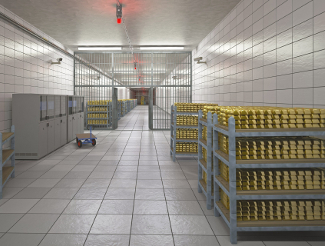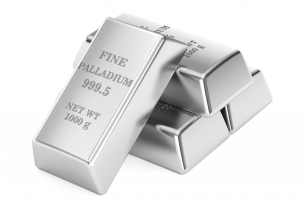Eastern Europe has seen a gold rush of sorts as numerous countries have sought to repatriate their gold holdings that had been held abroad. Some of that gold had been held in London since World War II, and its repatriation was a closely guarded secret only publicized after it was successful. So far Poland, Slovakia, Serbia, and Hungary have repatriated their gold holdings or purchased more gold. Should gold investors take note?
Eastern European leaders have given a number of reasons for repatriating their gold. Some want to demonstrate that their economies are strong and robust enough not to have to rely on foreign partners for gold storage. Others want to have their gold stored domestically in case foreign warehouses refuse to allow access over political differences. And still others want to have more gold stored in case of a world financial crisis.
That last reason is the real reason that most countries decide to repatriate gold, regardless of what their official explanation is. Central bankers realize that at the end of the day gold, and only gold, is real money. They see the massive flood of newly-created money and credit that has flooded the world financial system over the past decade and they realize that it could end badly. That’s why they want to boost their gold reserves, to protect their national economies in the event that fiat paper currencies become absolutely worthless.
These countries are following the example of Russia, China, and other larger nations that have similarly boosted their gold holdings in recent years. After nearly 50 years of floating fiat currencies, the stability of the post-Bretton Woods monetary system is breaking down in a major way, brought to its knees by central bank malfeasance. The rise in the gold price is just one indicator of that, rising from $35 an ounce in 1971 to nearly $1,500 an ounce today. And as central banks continue to create new money ex nihilo, the gold price will only continue to rise.
Investors should take their cues from these countries boosting their gold holdings and protect their financial positions with gold too. When stocks, bonds, and other financial assets lose their value during financial crashes, gold continues to rise. Many investors looked on enviously in 2008 as gold rose while their 401(k) accounts fell. And many have vowed not to let that happen again.
If you haven’t invested in gold already, what are you waiting for? With stock markets still near all-time highs, it’s only a matter of when, not if, markets will crash. Not even QE4 will keep markets going forever, as the massive corporate debt bubble and trouble in repo markets have made abundantly clear. Are you going to protect your retirement savings by investing in gold, or will you sit by once again watching the gold price skyrocket?
This article was originally posted on Goldco.





